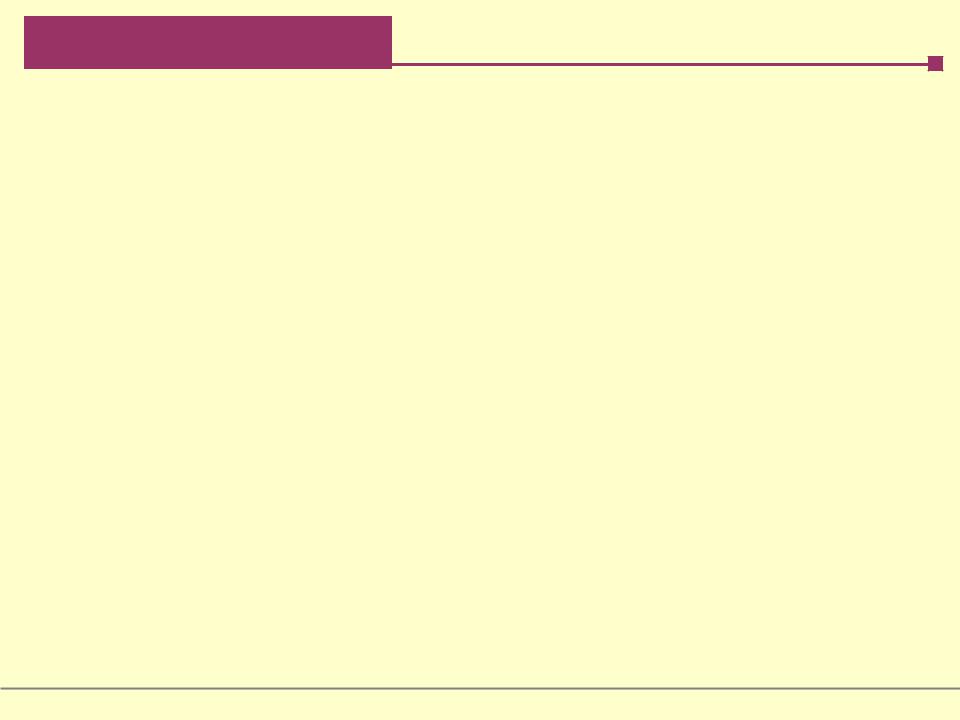
Lectures_micro / Microeconomics_presentation_Chapter_16
.pdf
SUMMARY
3.In the long run, a monopolistically competitive industry is in zero-profit equilibrium: at its profit-maximizing quantity, the demand curve for each existing firm is tangent to its average total cost curve. There are zero profits in the industry and no entry or exit.
4.In long-run equilibrium, firms in a monopolistically competitive industry sell at a price greater than marginal cost. They also have excess capacity because they produce less than the minimum-cost output; as a result, they have higher costs than firms in a perfectly competitive industry.

SUMMARY
5.A monopolistically competitive firm will always prefer to make an additional sale at the going price, so it will engage in advertising to increase demand for its product and enhance its market power. Advertising and brand names that provide useful information to consumers are economically valuable. But they are economically wasteful when their only purpose is to create market power. In reality, advertising and brand names are likely to be some of both: economically valuable and economically wasteful.
